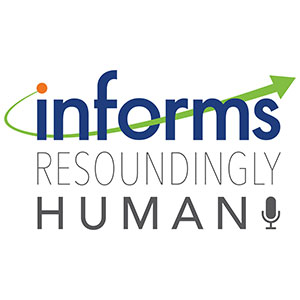
Petco Park Vaccination Super Station Reopens Again, With Focus on Second Doses
Downtown San Diego’s vaccination super station is slated to reopen Tuesday after a shipment delay of COVID-19 vaccine doses limited the county’s supply, forcing residents to reschedule their appointments.















